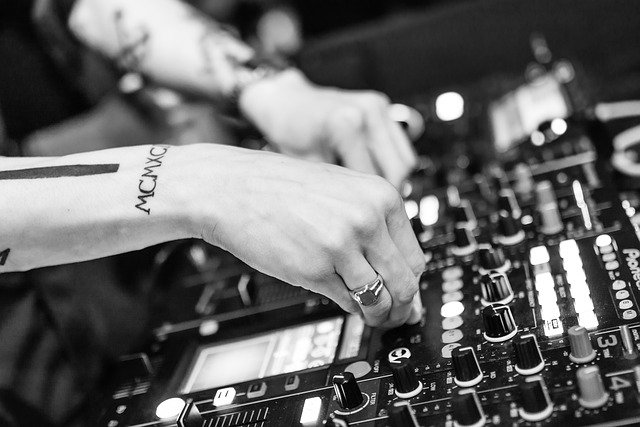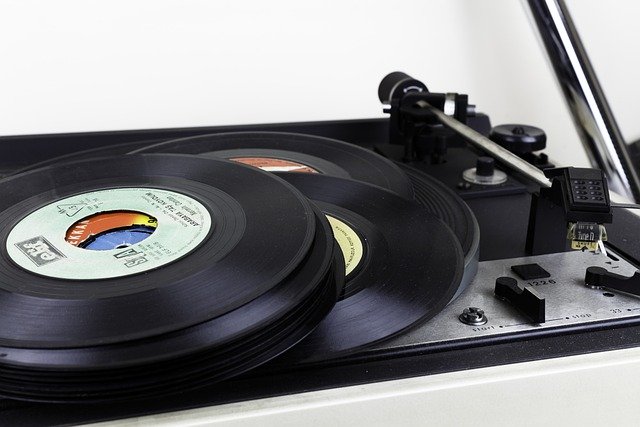Discover the diverse world of Japanese music, from J-Pop to rock, enka, and beyond, and explore its cultural impact worldwide.
Introduction:
Japanese music is a dynamic and ever-evolving industry that has captivated audiences both in Japan and around the world. While J-Pop remains the most recognizable genre internationally, Japan’s music scene is incredibly diverse, encompassing rock, enka, hip-hop, and electronic music. This guide explores the evolution of Japanese music, its biggest influences, and how it continues to shape global pop culture.

1. The Rise of J-Pop
J-Pop, or Japanese pop music, emerged in the late 20th century and has since become a defining aspect of Japan’s music culture. Some key elements include:
- Idol Culture: Groups like AKB48 and Nogizaka46 have revolutionized the industry with their massive fan bases and unique marketing strategies.
- Influence of Western Pop: J-Pop incorporates elements of Western pop, rock, and R&B, creating a unique and catchy sound.
- Global Appeal: Artists like Hikaru Utada and Arashi have gained international recognition, further cementing J-Pop’s global reach.
2. The Legacy of Enka
Enka, often considered Japan’s equivalent of classic ballads, is a genre deeply rooted in emotion and nostalgia. Some of its defining characteristics include:
- Themes of Love and Loss: Enka lyrics often revolve around heartbreak, longing, and memories of the past.
- Distinct Vocal Style: Singers use vibrato and traditional enka phrasing to create a powerful, melancholic sound.
- Legendary Artists: Singers like Hibari Misora and Kiyoshi Hikawa have kept enka alive, appealing to both older and younger generations.

3. Japanese Rock and Visual Kei
Rock music has had a strong presence in Japan since the 1970s, evolving into various subgenres, including Visual Kei. Notable aspects include:
- Visual Kei Aesthetic: Bands like X Japan and The Gazette are known for their dramatic fashion, theatrical performances, and powerful sound.
- Alternative and Indie Rock: Artists such as Radwimps and ONE OK ROCK have gained popularity for their unique blend of Japanese and Western influences.
- Live Concert Culture: Japan’s rock scene thrives on live performances, with festivals like Summer Sonic and Fuji Rock drawing massive crowds.
4. Japanese Hip-Hop and R&B
Hip-hop and R&B have gained traction in Japan, influenced by American and global trends. Some defining aspects include:
- Early Pioneers: Artists like Zeebra and King Giddra helped establish hip-hop in Japan in the 1990s.
- Modern Success: Contemporary artists like KOHH and Awich blend traditional Japanese themes with modern rap styles.
- Underground Scene: Japan’s hip-hop culture thrives in urban areas like Shibuya, where freestyle battles and club performances are common.

5. The Future of Japanese Music
As Japanese music continues to evolve, several trends are shaping its future:
- J-Pop Meets K-Pop: Collaborations between Japanese and Korean artists are becoming more frequent, expanding their global audience.
- Virtual Idols and Technology: Virtual idols like Hatsune Miku and AI-generated music are pushing the boundaries of entertainment.
- Streaming and Global Access: Platforms like Spotify and YouTube have made Japanese music more accessible to international fans than ever before.
Conclusion:
From the nostalgic sounds of enka to the energetic beats of J-Pop, Japanese music culture is a rich and diverse landscape that continues to captivate audiences worldwide. Whether through idol groups, rock bands, or hip-hop artists, Japan’s music industry remains at the forefront of innovation and artistic expression. As global interest in Japanese music grows, its influence will only continue to expand, shaping the sound of future generations.












